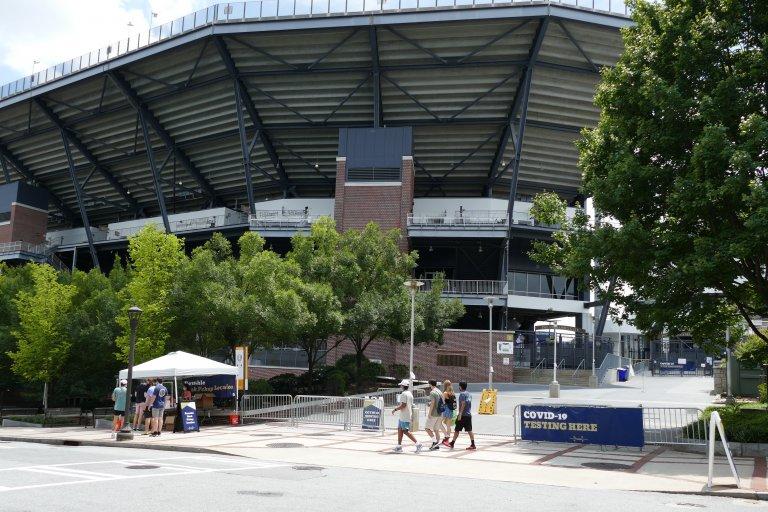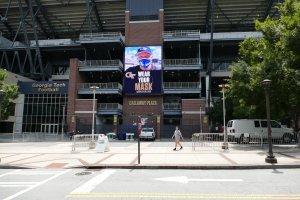
Caption
Saturday the north end zone entrance to Bobby Dodd Stadium served as a COVID-19 testing station. Georgia Tech and the rest of the state's major college football programs are hoping they'll start playing a season in some form starting next month. / Georgia Recorder
Credit: John McCosh


